London to Birmingham is an hour and a half by car, 1 hour by train and 2 weeks by boat. The latter being by far the best way to travel in my opinion, it’s more fun and you get to soak in the sights whilst drifting lazily along. Boats have been a part of civilisation since pre-historic times, and the human affinity with this simple yet effective method of travelling on water is implanted deep within our brain. Couple the use of a boat with the obsession called angling and something ignites the hunter gatherer in all of us. From the adventures of Huckleberry Finn to the Famous Five, literary heroes have extolled the virtues of messing about on the river and through this piece I hope to convey some of my findings and observations whilst afloat in the pursuit of things fishy.
First of all, the safety bit. It cannot be stressed enough about the importance of a life jacket. By which I don’t mean the flimsy buoyancy aids that might suffice down the local lido on a calm summers day, but a proper adult sized 150N minimum life jacket, either foam filled one or self inflating compact. There are also available 270N life jackets designed for offshore fishing and working, which are preferential where winter clothing and heavy boots are likely to be worn. My personal preference is for the self inflating type, coupled with a flotation suit for winter use which affords another 80N on top of the life jacket. These suits are designed for offshore use, complying with various stringent safety requirements, and come in drab green or fashionable camo instead of the flouro ‘yellow pop up’ varieties favoured by sea anglers. Regardless, the main functional point of your life jacket is to turn you face upwards in the worst case scenario of falling and knocking yourself out. Spare gas canisters are another key item, and it pays to test your life jacket at least once a season, it also familiarises you with the explosion of the canister going off, possibly preventing additional fright and panic. Water is mostly cold as well as wet, and the danger of hypothermia is very real after overcoming the primary danger of drowning. Fall in around February time and you have literally seconds to get out of the water. That’s enough lecturing, now on to the practical bit. But please spare a moment to think about those who have sadly passed.
For today’s carp angler hoping to get afloat on a gravel pit, a comprehensive selection of kit is required to fish effectively with the use of a boat. These being:
The boat itself. My preference is for the popular Bic 252, which is is ideal when packed like a barrow, to carry your tackle safely around your venue. Twin skinned and relatively unsinkable, many of my friends also use these excellent tools for a job. Easily transportable on the roof of a car or van, at 45 kilos it can be manhandled by most people. Single skin hull fibreglass boats are also popular, as are inflatable dinghies. Check the local rules where you intend to use the boat but always err on the side of caution. That cheap beach inflatable is no match for the scaffold poles, branches and flints you find scattered around gravel pit margins. For fishing a large river or lake where the use of a petrol powered craft is viable, then the sky is the limit with regards to choice. Personally, I wouldn’t mind a tow-able boat, just large enough to fish from, with a small cabin so that I can have a bit of shelter to make a cup of tea. Maybe one day.
Electric outboard motor. I use the Minn Kota 46lb Enduro electric outboard. The 30lb versions will suffice, but when a big wind blows the length of the lake you don’t want to be going backwards whilst in full throttle. Get at least 40lb thrust as there will come a time when you need that extra push. Lightweight oars are also essential, especially if the battery dies or the outboard packs up. Purchasing a set of decent battery clips is imperative, jump leads are optional. My mate Alan places his battery at the front of the boat, using jump leads to extend the motor leads, this is to balance out the weight of bait he takes no doubt. Another little addition is a lighter socket with crocodile clips on the end of it, which I now run my sounder from and use to charge the mobile whilst dug in for a few days. Deep cycle leisure batteries are widely available, I use the 110amp version, smaller and larger capacity are available. Get a decent charger and battery meter to maintain your power source, don’t store them in the garage on a concrete floor over winter, as that may damage them. Give them a top up every year or so and treat them to a trickle charge for a few days every now and again. My only mishap over the years with the outboard was with the lever used to operate the spring release, which snapped, so I have invested in three of them just in case it goes again.
Echo sounder. Note that I don’t use the term ‘fish finder’ as this is probably the biggest misnomer in angling, unless you purchase an echo sounder that displays scrolling objects, where fish show up as arcs on the screen. The classic arc or banana shape is indicative of a fish travelling straight through the cone emitted by the transducer. Whilst clonking on the Ebro the use of this type of sounder is imperative, and the sight of several arcs converging on the line of your bait is just as exciting as touch legering. Better than watching telly or playing fishing games on the console. With less sophisticated echo sounders with lower resolution screens I have seen fish symbols aplenty, yet a quick glance through the glass bottomed bucket shows that no fish at all are present. Similarly after seeing literally herds of fish under the boat, no fish icons are to be seen, so I switch off the fish ID and fish alarm and concentrate on using it as a feature finder.
When it comes down to it, its all about the pixels, so buy the best you can afford. Somewhere in the settings menu will be the option for ‘greyscale’ which I have found is the best for showing the different types of terrain you are likely to encounter. Weed, gravel patches, silt beds and the obvious drop offs and drastic changes in depth can all be found easily if you know what you are looking for. Adjusting the sensitivity settings whilst comparing the screen image to what is actually observed with the bucket will soon have you clearly identifying where the weed stops and the actual lake bed starts by the change on the screen. As with any electronic equipment, read the manual and get out there and use it, explore the technical capabilities and with a bit of practice you can soon unlock the secrets of the deep.


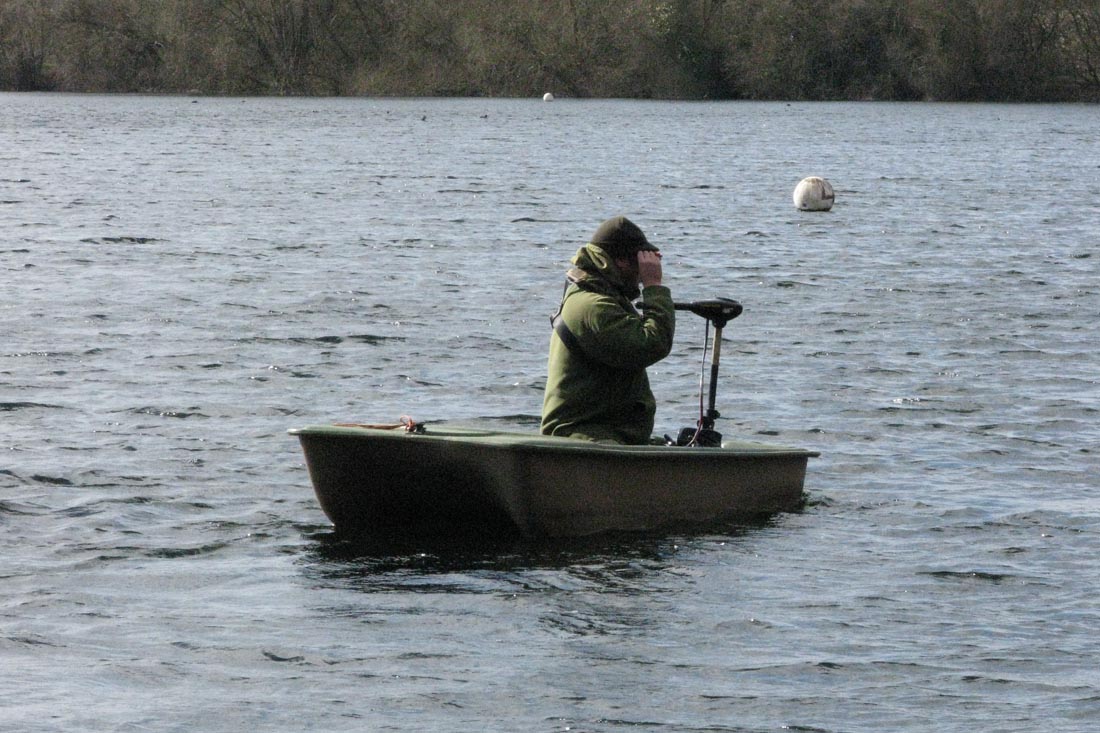
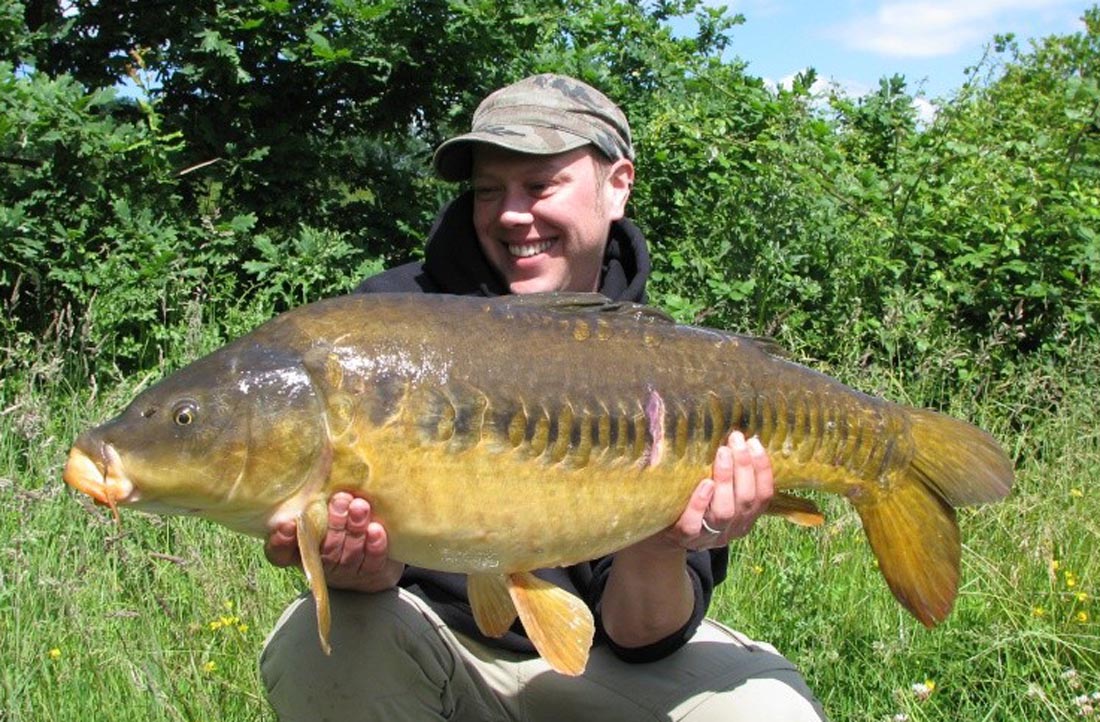
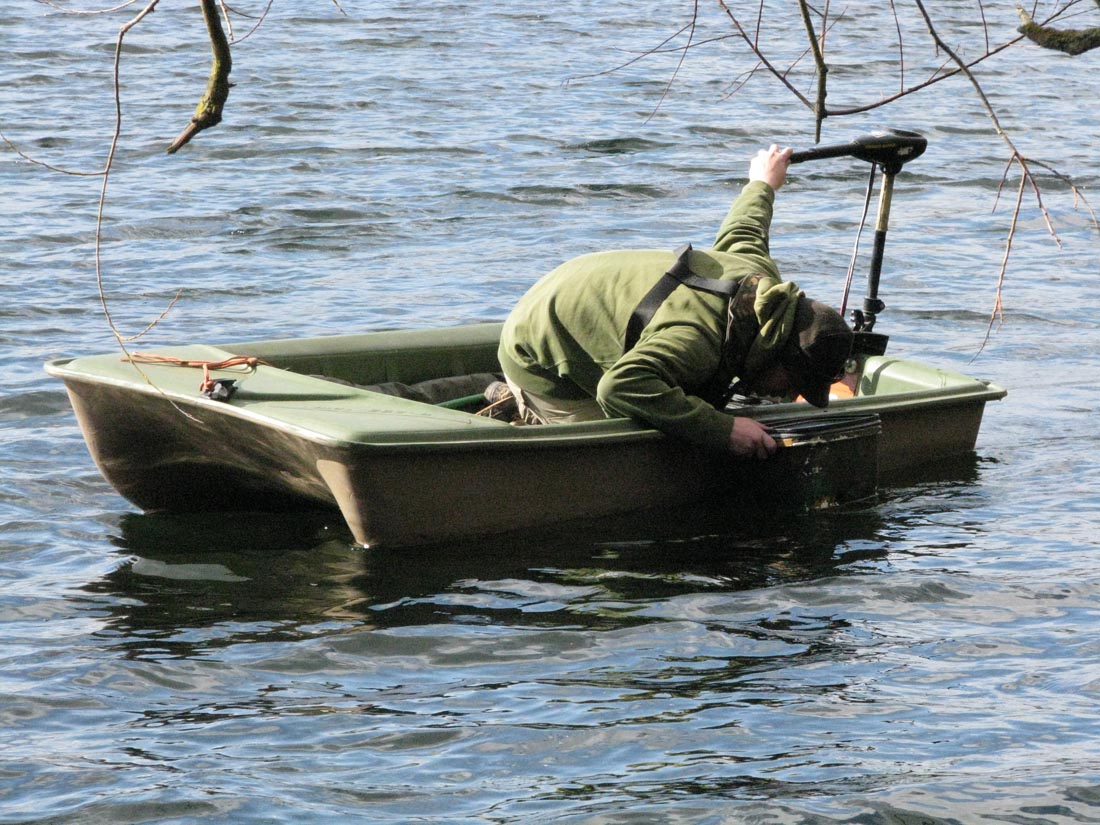
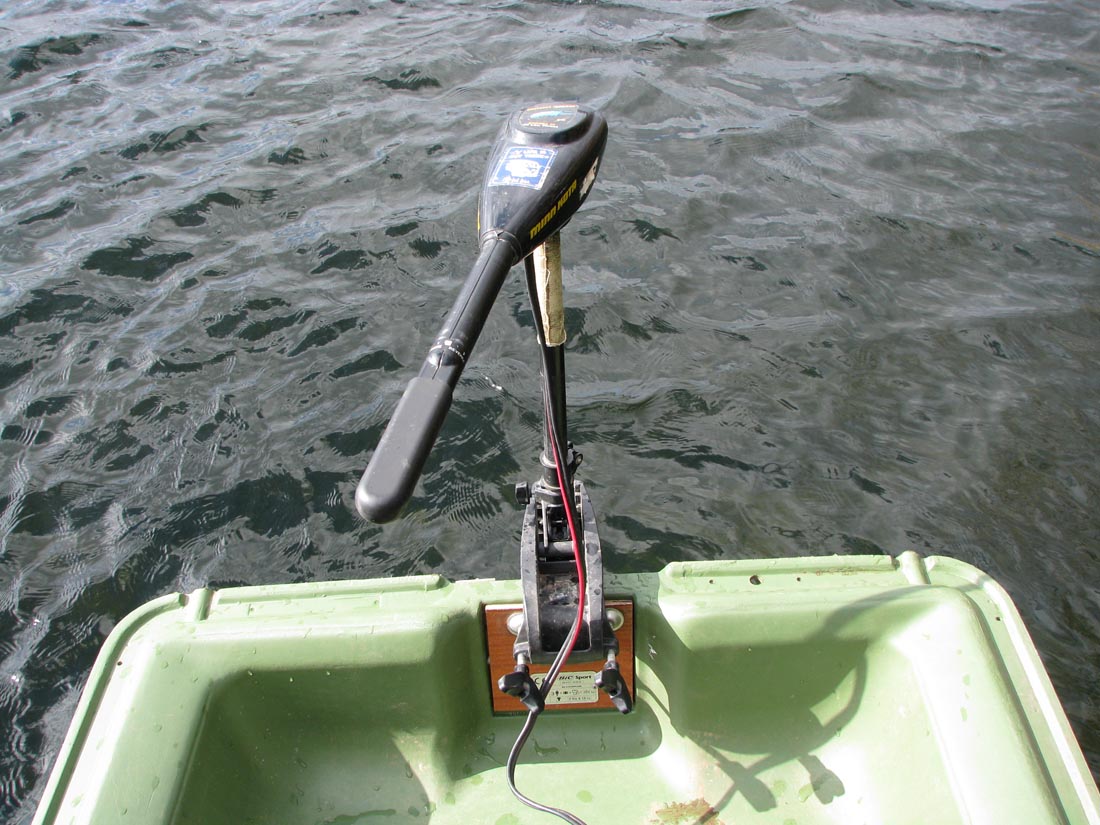
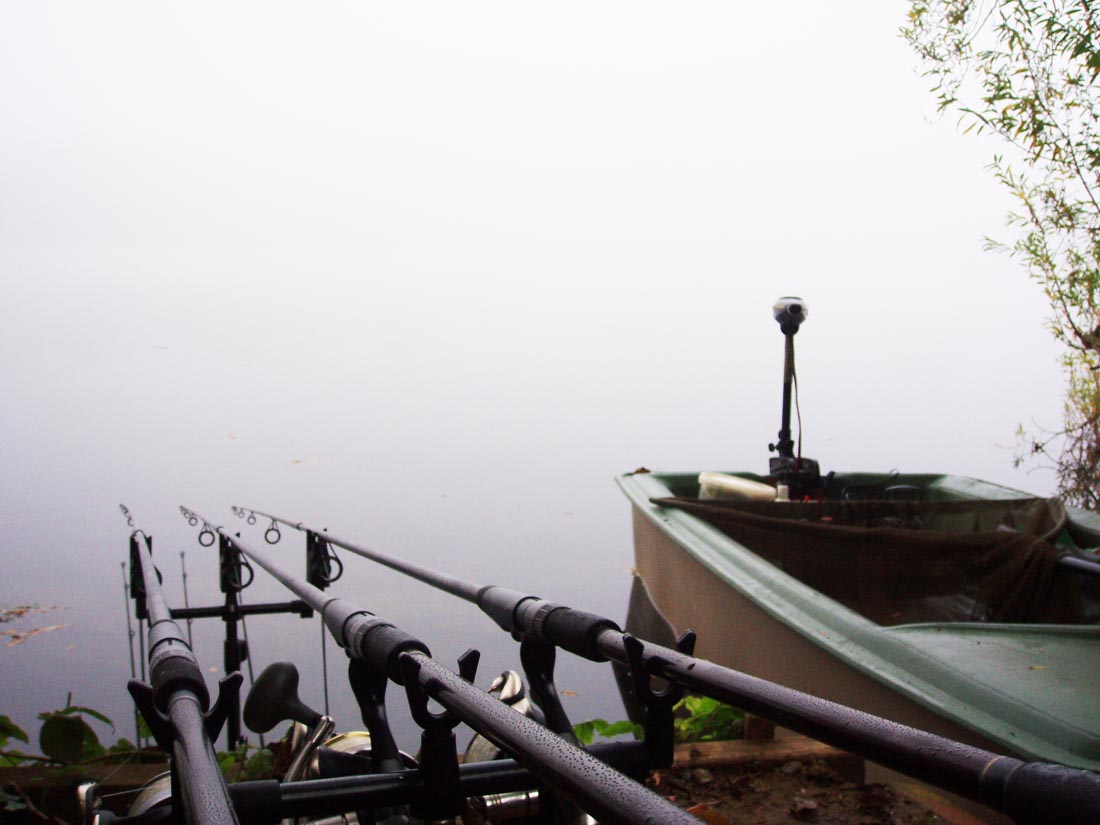
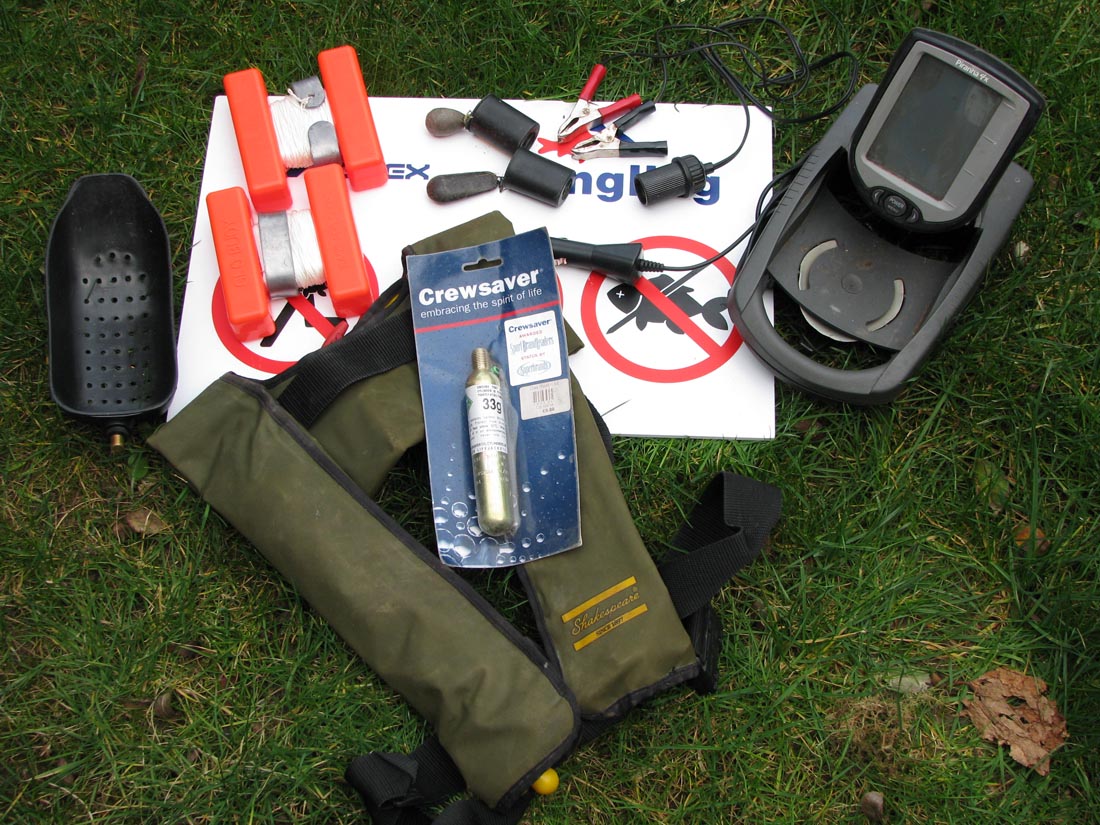
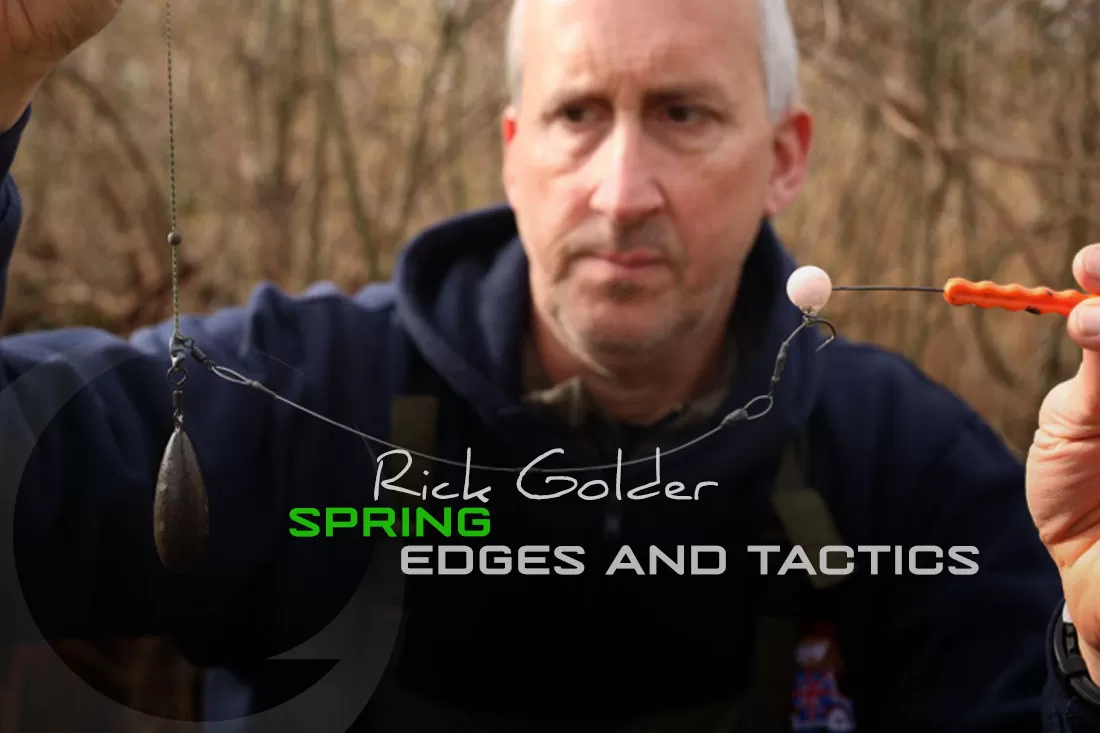
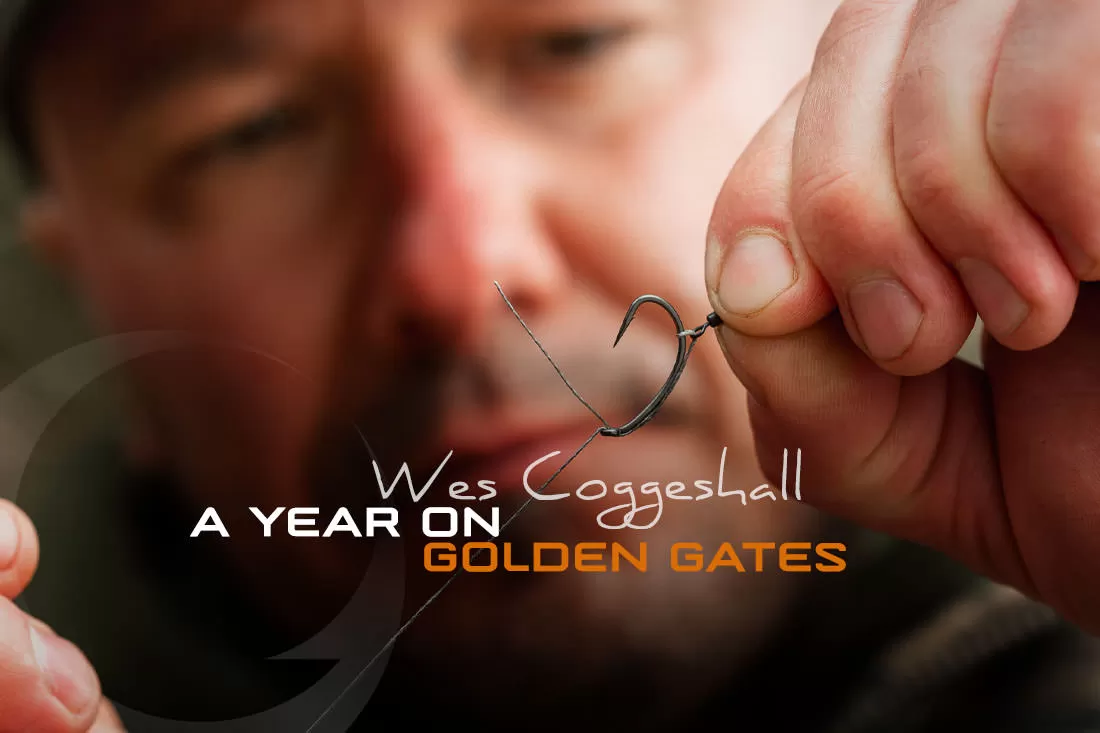
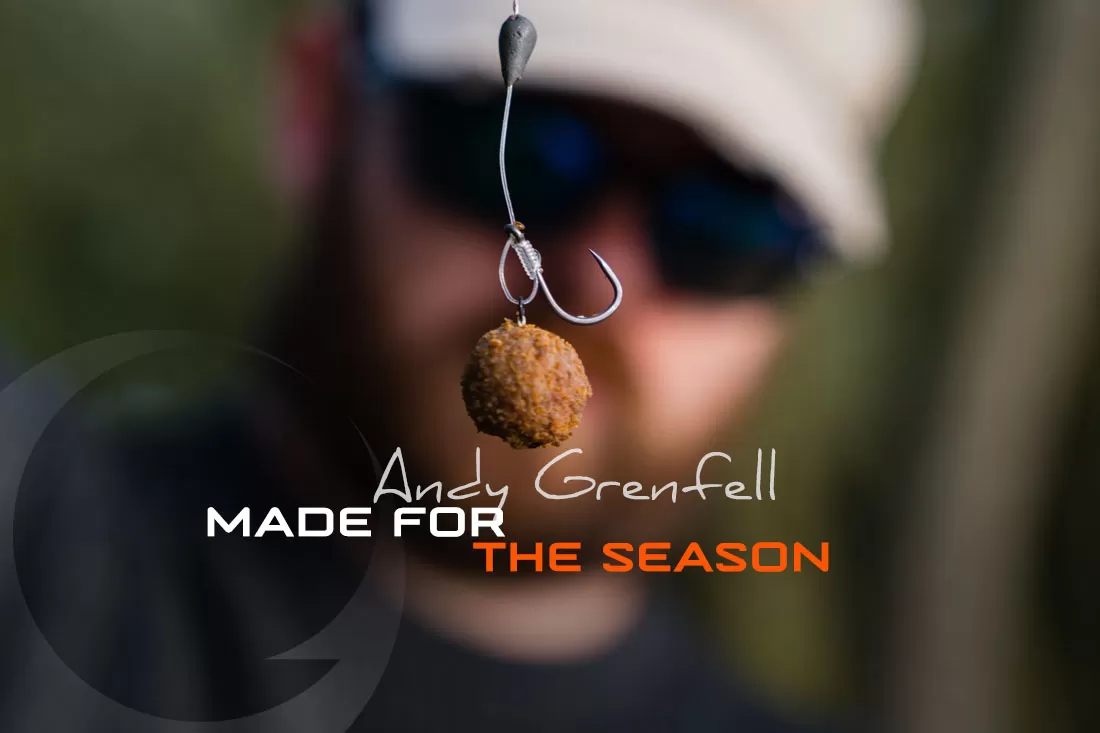
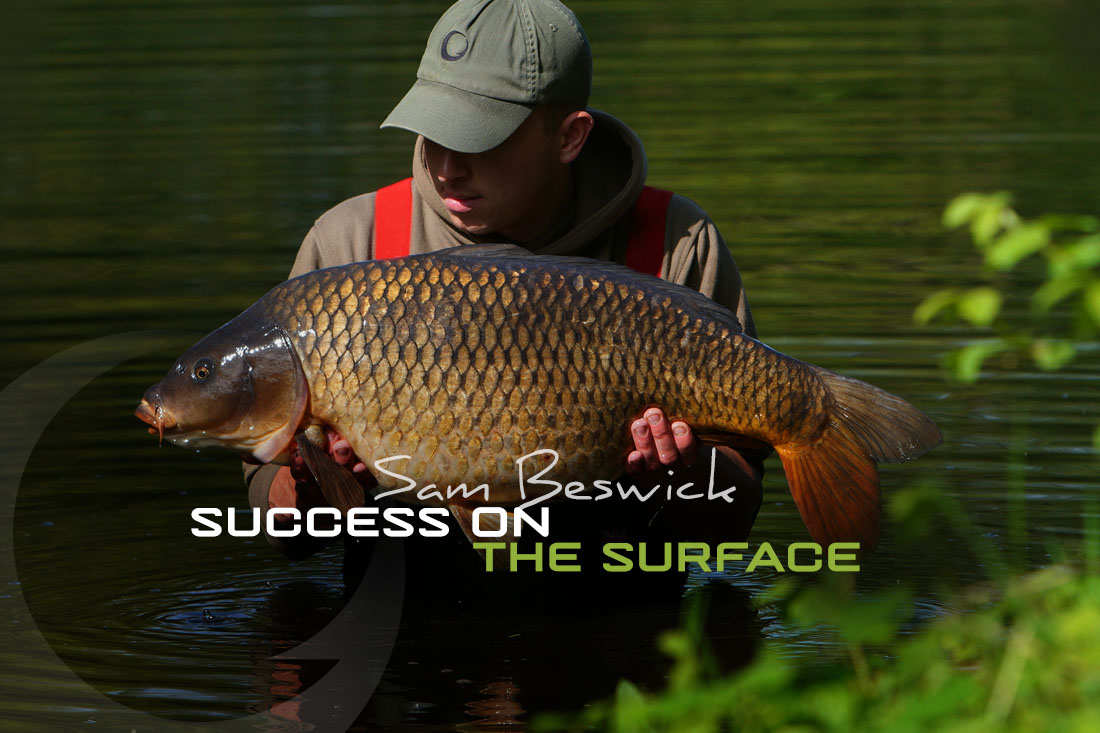
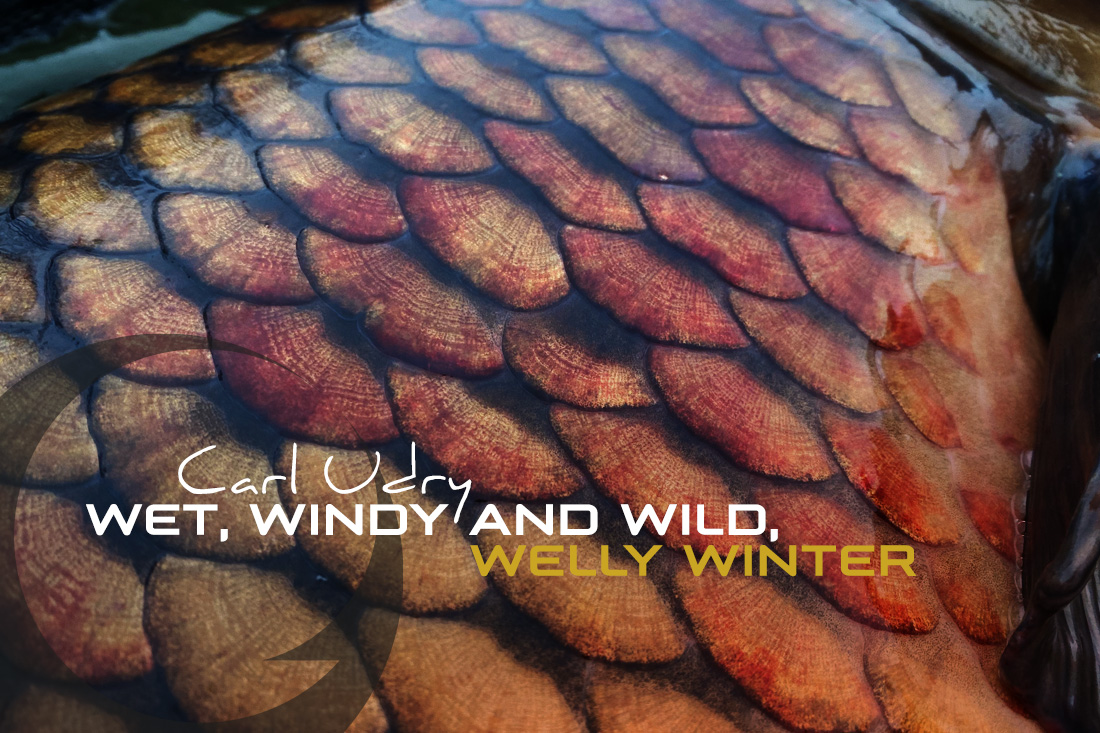

Leave A Comment